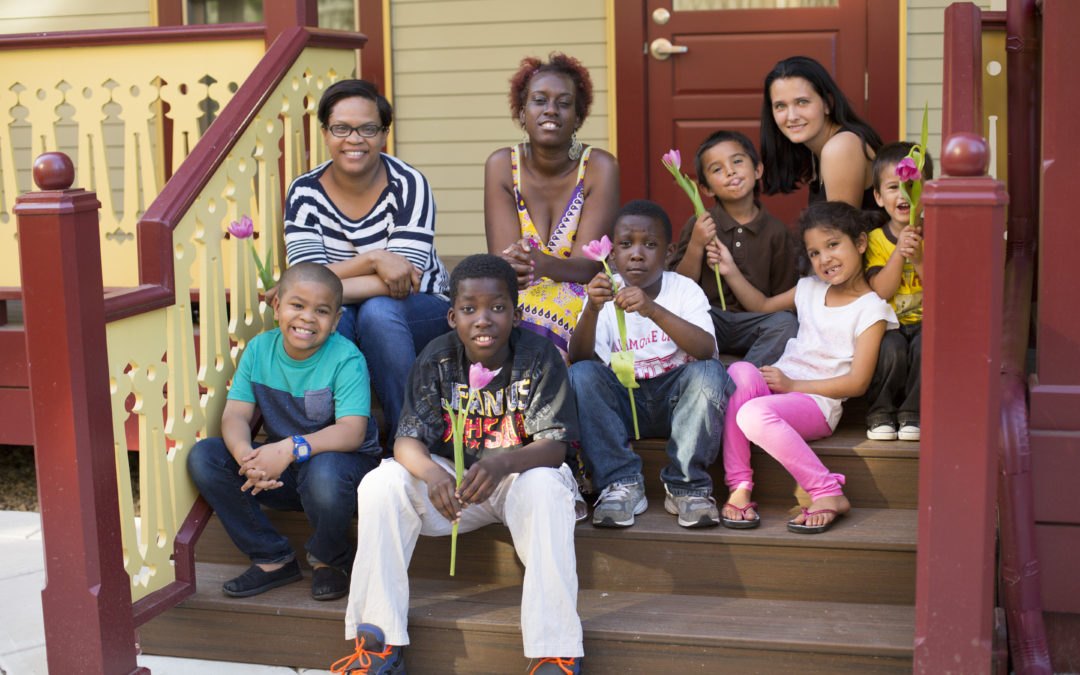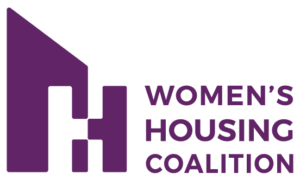
These Statistics About Homelessness That May Surprise You
At the Women’s Housing Coalition, we create stability for families and individuals with housing and other resources. There are 2,294 homeless citizens in Baltimore city alone. One of the keys to preventing homelessness is to have a clear understanding of who is at risk of homelessness and who experiences homelessness.
In the Homelessness in America series published by the United States Interagency Council on Homelessness, they summarize the most relevant data and research regarding different subpopulations to help inform the work we must do, together, across the federal government, states, and local communities, to end homelessness once and for all.
The scale of family homelessness
Families with children experiencing homelessness represent one-third of all people experiencing homelessness on a given night – and 59% of people experiencing homelessness in families are children under the age of 18.
Who are the families with children who experience homelessness?
Women made up three-quarters of the adults counted as experiencing family homelessness in the 2017 Point In Time data. Just over half of the people in families with children who used shelter in 2016 identified as African American or Black. Families who experience homelessness include single-parent families, two-parent families, and multi-generational families. Many families experiencing homelessness are made up of a young mother with one or two children under age six. About half of the people in families experiencing homelessness are in households with two or three people, and about a quarter are in larger households with five or more people.
The impact of homelessness on children
Compared to their peers, children experiencing homelessness and housing instability are more vulnerable to and experience higher rates of mental health problems, developmental delays, poor cognitive outcomes, and depression.
Why so many families end up homeless
For most families with children who experience homelessness, a driving factor is a shortage of affordable rental housing, given their income from employment, benefits, or other sources. When people are paying too large a share of their income for rent, even a minor crisis or setback, such as a reduction in work hours or an unexpected expense, can be destabilizing and result in the loss of housing. A recent survey found that nearly one in five renters with annual incomes below $30,000 were unable to pay rent within the past three months.
How you can help
There continues to be a concerted effort to better understand the scope, scale, and characteristics of family homelessness. As the Women’s Housing Coalition approaches it’s 40th anniversary, we continue to need and appreciate your support to provide affordable housing and support for families and individuals. You can make a donation to help the WHC, or if your workplace allows you to designate a nonprofit to give to through your paycheck, consider putting WHC down as the charity you want to help.
